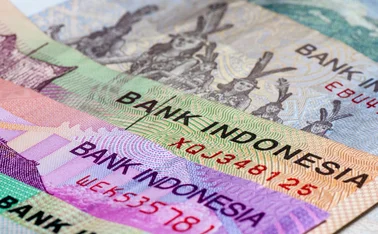
Central banks must reckon with the costs of quantitative easing
Losses from asset purchases raise questions about the wisdom of the policy, writes Jagjit Chadha

In common with many other central banks, Sveriges Riksbank recently outlined the losses it is likely to suffer from its asset purchase programme at some Skr61 billion ($6 billion, around 1% of Swedish GDP) and has sought a recapitalisation. In a helpful and transparent analysis, the Swedish National Audit Office concluded that the programme “has not been effective”, and led to substantial fiscal costs and other adverse side-effects.
These sentiments are echoed in the 2021 report from the House of
Only users who have a paid subscription or are part of a corporate subscription are able to print or copy content.
To access these options, along with all other subscription benefits, please contact info@centralbanking.com or view our subscription options here: http://subscriptions.centralbanking.com/subscribe
You are currently unable to print this content. Please contact info@centralbanking.com to find out more.
You are currently unable to copy this content. Please contact info@centralbanking.com to find out more.
Copyright Infopro Digital Limited. All rights reserved.
As outlined in our terms and conditions, https://www.infopro-digital.com/terms-and-conditions/subscriptions/ (point 2.4), printing is limited to a single copy.
If you would like to purchase additional rights please email info@centralbanking.com
Copyright Infopro Digital Limited. All rights reserved.
You may share this content using our article tools. As outlined in our terms and conditions, https://www.infopro-digital.com/terms-and-conditions/subscriptions/ (clause 2.4), an Authorised User may only make one copy of the materials for their own personal use. You must also comply with the restrictions in clause 2.5.
If you would like to purchase additional rights please email info@centralbanking.com








